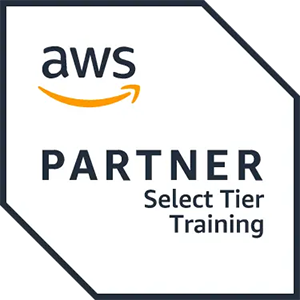This course is designed for IT professional who want to upgrade their technical skills from Windows Server 2008 or Windows Server 2012 to Windows Server 2016. This course presumes a high level of knowledge about previous Windows Server technologies and skills equivalent to the MCSA: Windows Server 2008 or Windows Server 2012 credential. Get your Upgrading your skills to Windows Server 2016 training in just 3 days and learn more than you could imagine. Taught by specialists, our courses teach you more. You’ll use Microsoft Official Curriculum (MOC) and practice tests. You’ll also use Insoft’s unique Lecture | Lab | Review technique, which will immerse you in topics like:
- Install and configure Windows Server 2016.
- Implement Hyper-V.
- Implement directory services.
- Implement AD FS.
- Manage and optimize storage in Windows Server 2016.
- Implement secure data access for users and devices.
- Implement network services.
- Implement remote access.
- Implement failover clustering.
- Implement failover clustering with Windows Server 2016 Hyper-V.
- Recover data in Windows Servers 2016.
At Insoft, we know your time is valuable. That’s why we give you the opportunity to gain your Microsoft Upgrading training and certification in just 3 days. We provide the best conditions for you to learn. With us by your side, encouraging and guiding you along the way, you can enjoy 3 intense, focused days of quality learning in a distraction free environment. Your expert instructor will be working with Insoft´s unique accelerated learning methods, which include our exclusive lecture/lab/review methodology with real life cases putting you in the best possible position to learn and retain knowledge. Sitting your Upgrading your skills to Windows Server 2016 course with Insoft means:
- You´ll get more hours of training per day, allowing you to get trained faster and more cost-effectively than with any other training provider.
- You will be trained by one of the most expert instructors in the world.
- You can focus purely on learning in our distraction free environment.
- Dedicated onsite support and access to your classroom at all hours.
- The price you pay is all-inclusive and covers all course materials, exams, transportation service, accommodation and meals.

 United Kingdom
United Kingdom Germany
Germany Denmark
Denmark Sweden
Sweden Italy
Italy Netherlands
Netherlands Norway
Norway 

















 Kesto
Kesto  Toimitus
Toimitus  Hinta
Hinta